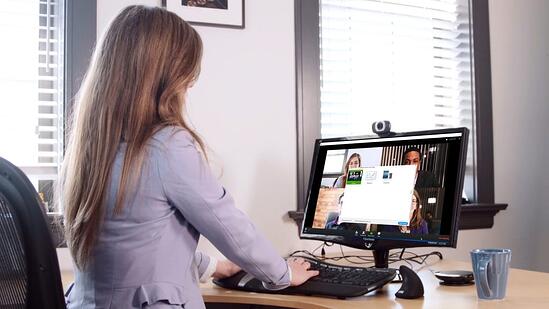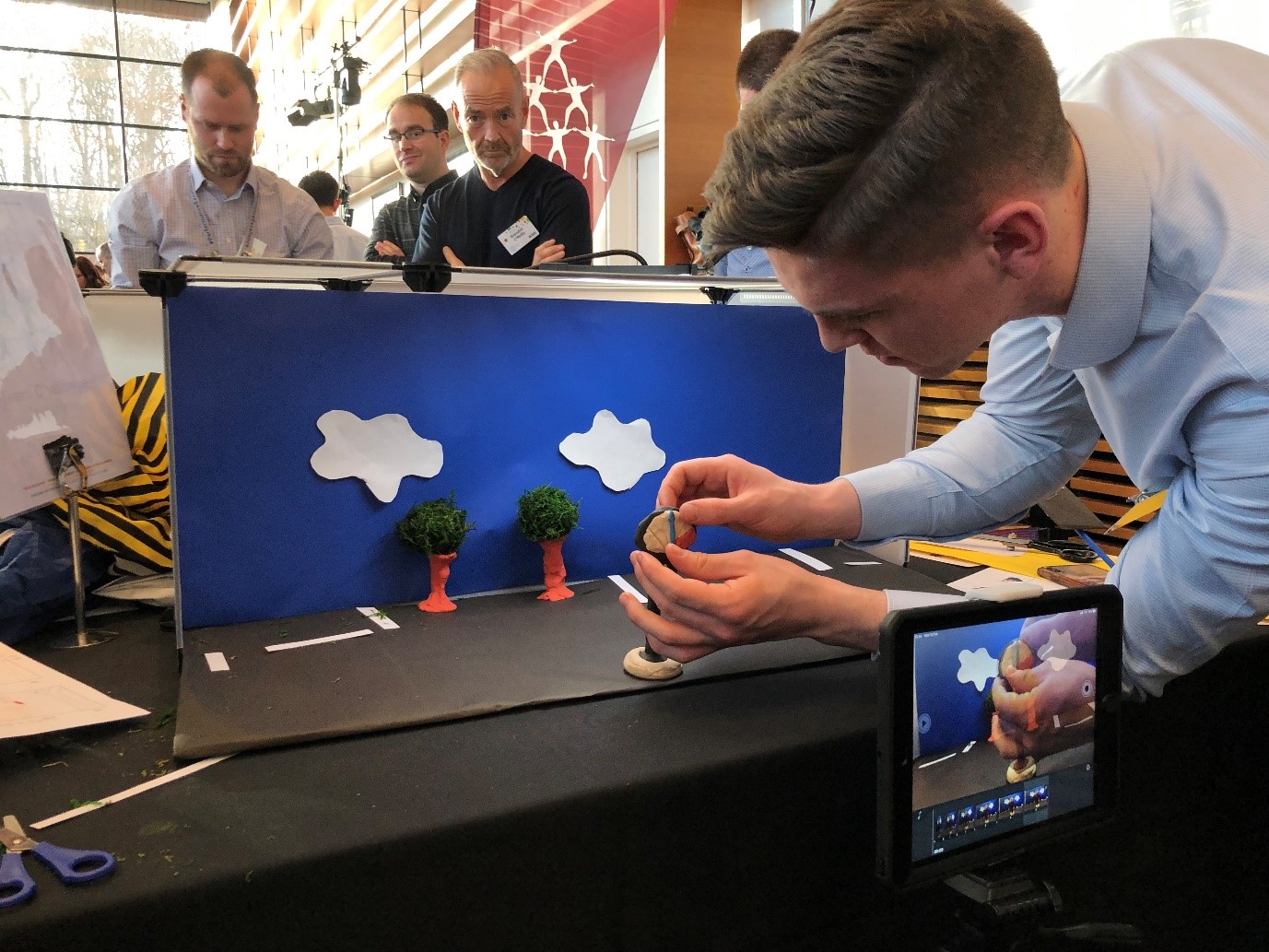Here are some of the best practices on how to communicate effectively through 5 very common—if not inevitable—situations of working remotely.
1. A large team meeting to discuss a project

Best remote communication method: Group video chat
The common mistake: not setting a clear agenda with pre-agreed discussion points sent out to the group for reflection before the meeting
The result: lots of blank stares, chitter chatter and no decisive action taken from the meeting
The solution: generally speaking, remote communication can be more complicated than face to face communication. People have to be very disciplined in remote group meetings to give each other time to express their point of view. When there is no clear agenda or discussion points to guide and direct the conversation, people tend to talk over each other or try to fill quiet moments with chatter. Instead, the organiser of the meeting should guide the open discussion and make sure everybody is in alignment about the project goals, expectations, timeline, and more. Finishing a remote session with a clear-alignment on action points will also serve to encourage enthusiasm and motivation.
2. Following up on that group meeting and outlining actions

Best remote communication method: Email
The common mistake: Not following up a vital meeting with a clear outline of the decisions taken and actions agreed to
The result: When there is no clear follow-up, people don’t feel as invested and committed to the measures agreed upon, and there might not be clarity on the deadlines and milestones set
The Solution: To make sure that everybody is aligned, it’s essential to send out an email summary of what the discussion points are. Which includes agreements from the meeting, and a list of action items with deadlines and milestones. This email also serves as written documentation to refer back to and provides alignment across all team members.
3. Checking up on the progress of a task

Best remote communication method: Instant message
The common mistake: Sending a long and elaborate email to follow up on a simple task and taking the risk that the email gets lost or not answered
The result: Delayed answer, more uncertainty around the status of the task and potentially some tension or frustration as well
The Solution:You haven’t had an update from your team member about the presentation due next Sunday, and you want to make sure that they are making good progress on it. A lengthy conversation would not be the best use of time. Instead, we would recommend setting clear milestones and deadlines for any project or task and using instant messaging for quick status updates leading up to that milestone or deadline.
Instant message is best for quick communication and getting fast responses to project updates. Plus, instant-messaging is a great way to foster a sense of community and closeness with colleagues and team members.
4. When you need to have a crucial conversation

Best remote communication method: Personal video chat
The common mistake: Not addressing lousy behaviour out of fear of having a crucial or difficult conversation
The result: Problems grow bigger creating more tensions and higher risks
The Solution:Whatever the problem you are facing with a colleague, employee or team member might be, it will not resolve itself unless you address it properly. Which means having a 1-to-1 conversation about the problem, and what the consequences are to the team and company. Like any other feedback-related conversation, this discussion is best-executed face to face and in a remote environment that translates into a one-on-one video chat. During the conversation, focus on the outcome that both individuals desire and how it can they can achieve it constructively. Crucial conversations define themselves as conversations where emotions run high, and stakes are high, so manage emotions. Find out more about how to have a crucial conversation.
5. When a team member wants to connect on a personal level

Best remote communication method: Any of them
The problem: in remote working scenarios, often time people forget to connect on a personal level. There is no virtual coffee machine to catch up over the weekend
The result: people start to feel disconnected from each other, and on the longer-term, they begin to feel disconnected from the company
The Solution:Make a personal connection and communication a priority! Companies and leaders that have teams that operate in a remote environment need to make a conscious effort to:
- Ask about them daily. Start every meeting with a personal question about their weekend, their children, their families or their hobbies
- Invest in their teams’ abilities to communicate effectively with one another. Despite widespread belief, communication is not a natural skill for everyone. Still, it is a learnt one that needs practice.
- Create space for team development. Many companies that operate remotely invest in cost-effective and straightforward team development activities. A great example is BlockBusters in which teams create videos together, and it’s an excellent environment for people to connect, share and laugh together.
You would be surprised how much a sense of team and personal connection between people can motivate performance.
Hope you enjoyed the read and feel free to reach out to one of our friendly solutions advisors to find out more about remote or digital communication training solutions.
Keep learning,
Biz Group










